Archives
- 2018-07
- 2019-08
- 2019-09
- 2019-10
- 2019-11
- 2019-12
- 2020-01
- 2020-02
- 2020-03
- 2020-04
- 2020-05
- 2020-06
- 2020-07
- 2020-08
- 2020-09
- 2020-10
- 2020-11
- 2020-12
- 2021-01
- 2021-02
- 2021-03
- 2021-04
- 2021-05
- 2021-06
- 2021-07
- 2021-08
- 2021-09
- 2021-10
- 2021-11
- 2021-12
- 2022-01
- 2022-02
- 2022-03
- 2022-04
- 2022-05
- 2022-06
- 2022-07
- 2022-08
- 2022-09
- 2022-10
- 2022-11
- 2022-12
- 2023-01
- 2023-02
- 2023-03
- 2023-04
- 2023-05
- 2023-06
- 2023-07
- 2023-08
- 2023-09
- 2023-10
- 2023-11
- 2023-12
- 2024-01
- 2024-02
- 2024-03
- 2024-04
- 2024-05
- 2024-06
- 2024-07
- 2024-08
- 2024-09
- 2024-10
- 2024-11
- 2024-12
- 2025-01
- 2025-02
- 2025-03
- 2025-09
- 2025-10
-
br Background To treat chronic HCV genotype GT
2022-03-10
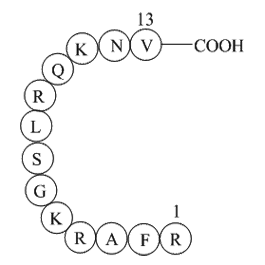
Background To treat chronic HCV genotype (GT) 1-infected patients, telaprevir (TLP) or boceprevir (BOC), first generation protease inhibitors (PIs), were used in combination with pegylated-interferon (PEG-IFN) and ribavirin (RBV) triple therapy [1], [2]. The main weaknesses of the first-generatio
-
br Experimental section br Results and discussion br Conclus
2022-03-10
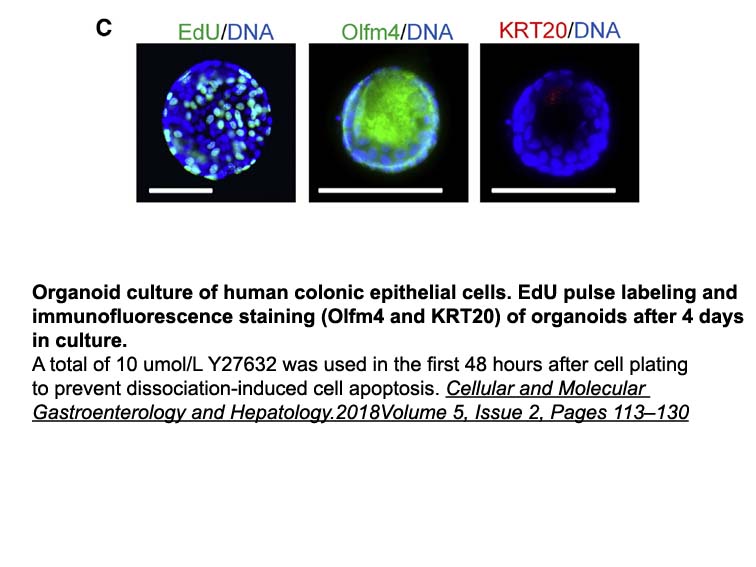
Experimental section Results and discussion Conclusion The evaluation of the inhibitory potential of these derivatives towards eight kinases showed that the brominated hybrids (3k) and (3l) are the most active against the PIM1 and CLK1 kinases. The methylation of the nitrogen Sulfo-NHS-Biot
-
It is known that changes in cGMP levels
2022-03-10
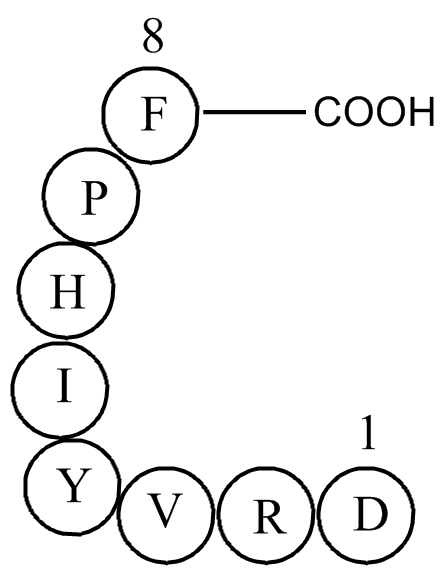
It is known that changes in cGMP levels are positively correlated with plant adaptation to environmental stresses. It seems that a novel group of moonlighting kinases with GC activity is particularly involved in response to biotic stress. It was shown that danger-associated molecular pattern (DAMPs)
-
Signaling pathways that control the redox
2022-03-10
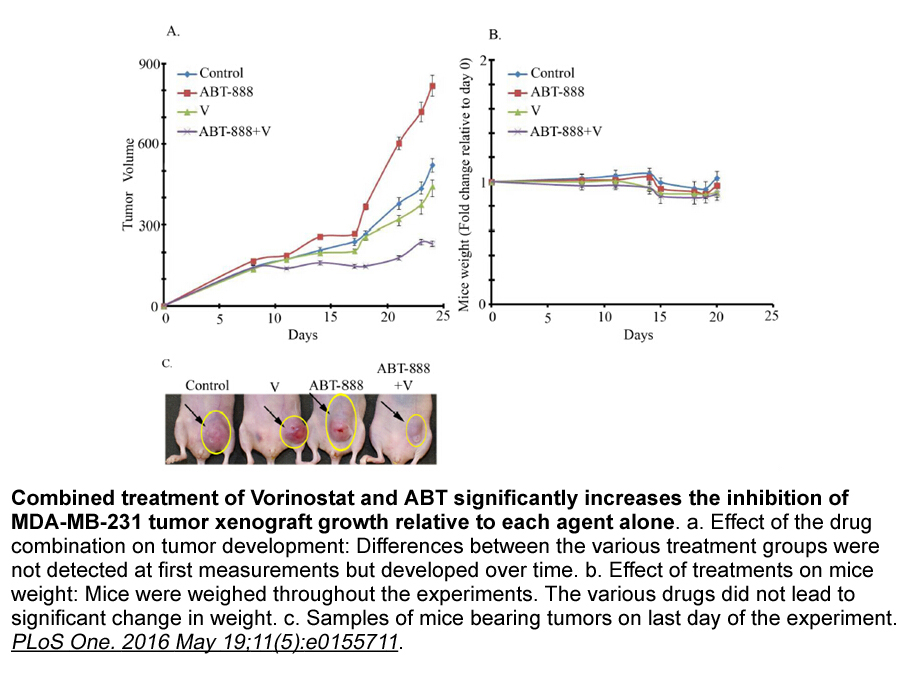
Signaling pathways that control the redox stress response in P. brasiliensis are poorly known, but in other dimorphic fungi, the involvement of MAPK is an important factor in this process [[13], [14], [15]]. For example, when alveolar macrophages are challenged with Aspergillus or Cryptococcus conid
-
CPI-169 In order to determine whether NF B could
2022-03-10
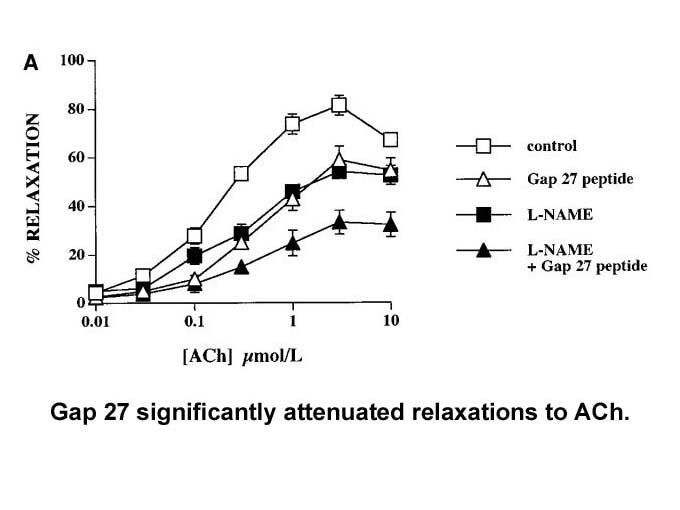
In order to determine whether NF-κB could interact with GSTP1-1 promoter, we performed EMSA. One NF-κB like (−98κB) binding site was previously described in the GSTP1-1 promoter as a regulator element. However, few data about this site have been published and its role in the GSTP1-1 gene regulation
-
It has been suggested that the presence of nutrient
2022-03-09
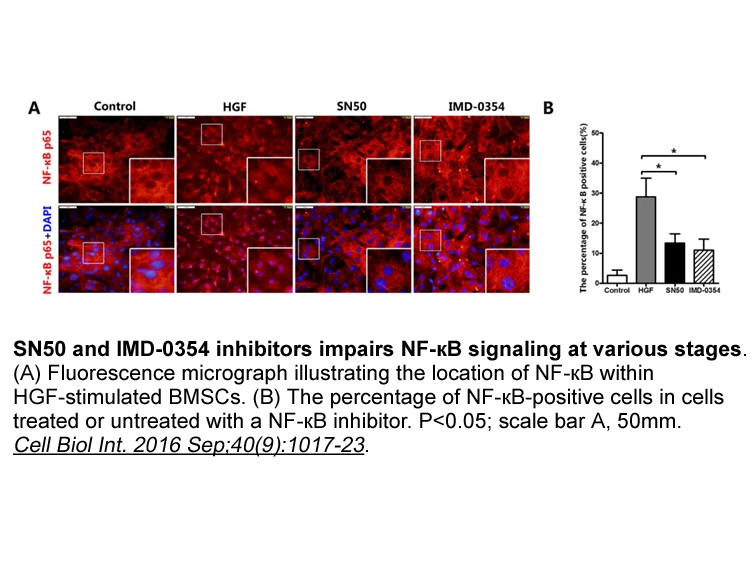
It has been suggested that the presence of nutrient-sensing receptors and their natural ligands originating from different metabolic pathways in farm animals, are related to the critical outcome of metabolic-derived diseases in cattle (Mielenz, 2017). Thus, current article aimed to review the most r
-
The Bcl and Bcl xL
2022-03-09
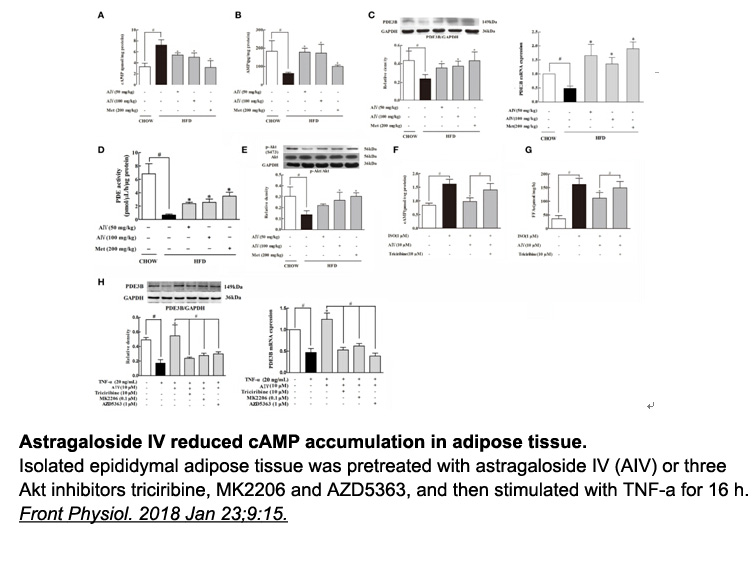
The Bcl-2 and Bcl-xL genes contain the CRE binding site in their promoter regions for CREB and CBP to bind to, so CREB phosphorylation was shown to up-regulate these anti-apoptotic genes, Bcl-2 and Bcl-xL [[29], [30], [31]]. Bcl-2 and Bcl-xL prevent the activation of caspases and the release of mito
-
A few methods have been developed to separate
2022-03-09
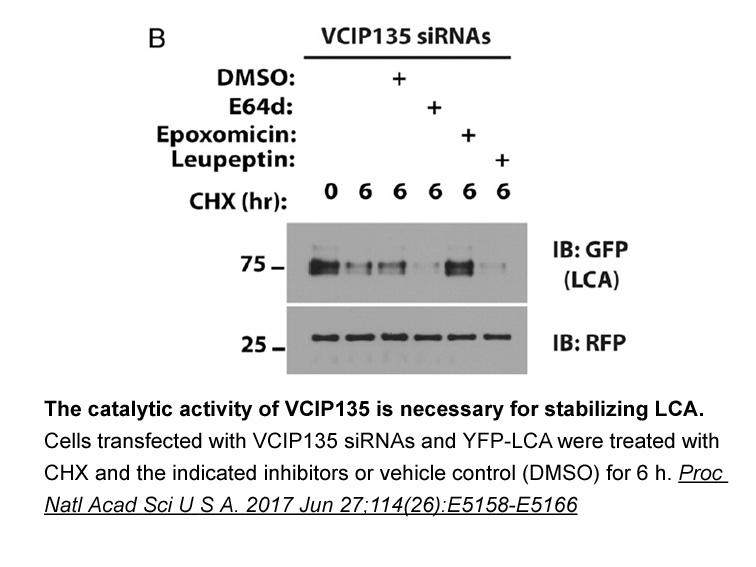
A few methods have been developed to separate and prepare compounds from L. chinensis, such as silica gel column chromatography [5,6] and high-performance liquid chromatography (HPLC) [7]. Silica gel column chromatography is still used for its simple equipment and low cost. However, this method is o
-
GPR is a member of
2022-03-09

GPR119 is a member of the G protein-coupled receptor family, and is highly expressed in pancreatic β-cells and intestinal endocrine cells. It has been proposed that GPR119 agonists modulate glucose homeostasis by indirectly stimulating glucose-dependent insulin release through enhancing pancreatic c
-
The glycine receptor is an ionotropic neurotransmitter
2022-03-09
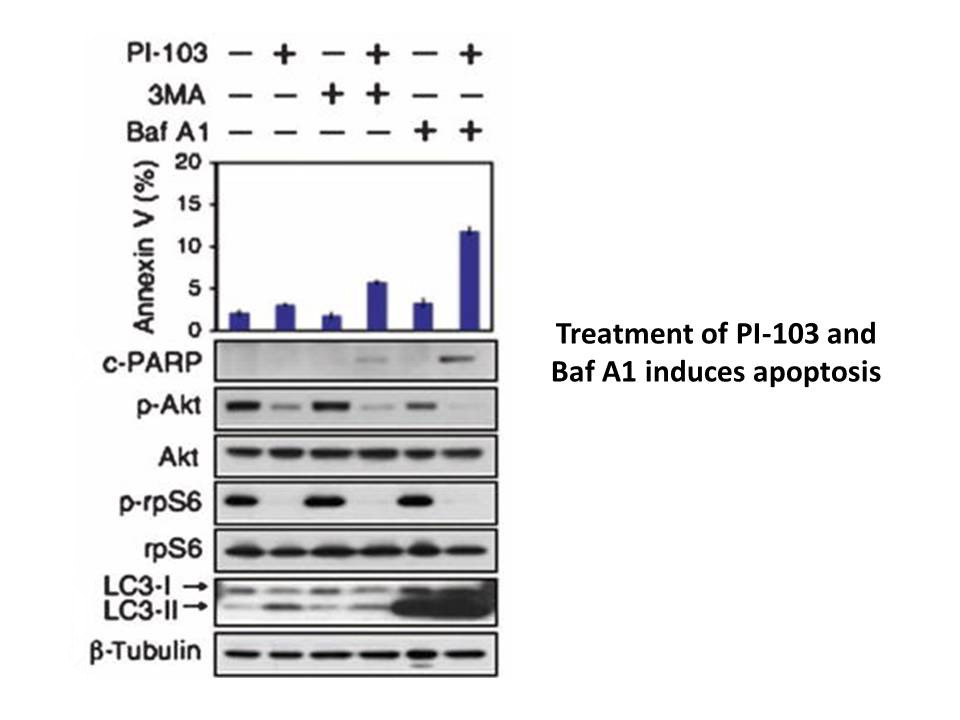
The glycine receptor is an ionotropic neurotransmitter receptor coupled to a chloride ion channel. Glycine receptors are typically described as inhibitory and distributed in the spinal cord and brainstem, though mRNA transcription labelling studies in rats show expression in the hippocampus, cingula
-
The dopamine substrate currents IDA
2022-03-09
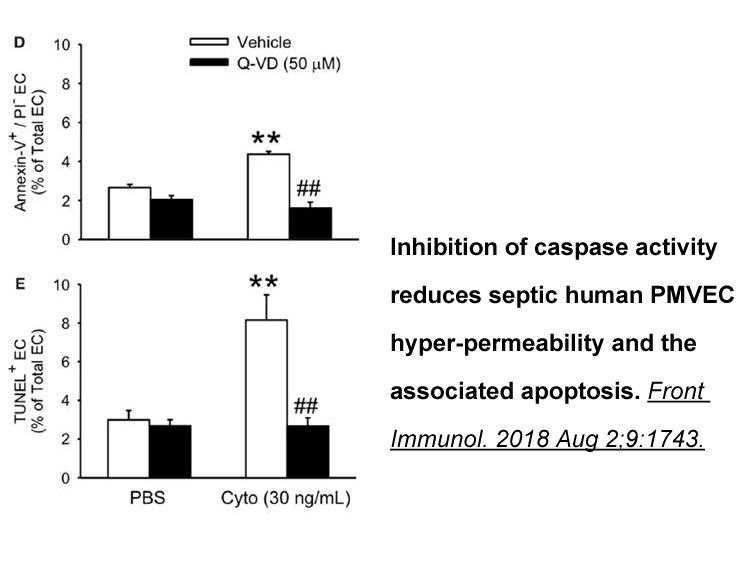
The dopamine substrate currents (IDA – IControl) were determined at different holding potentials (IV curves) in transfected HT22 cells (Fig. 5A). The plot for HT22 cells transfected with DAT exhibited the typical behavior of dopamine transporter currents (Ingram et al., 2002; Sonders et al., 1997),
-
br Introduction The glucagon receptor GCGR
2022-03-09

Introduction The glucagon receptor (GCGR) is a G-protein-coupled receptor expressed mainly in the liver and kidney. Upon glucagon binding, it activates the stimulatory G protein (Gs) and increases cAMP level, subsequently transducing glucagon signaling involved in glucose, amino acids and lipid m
-
br A small conductance chloride channel
2022-03-09
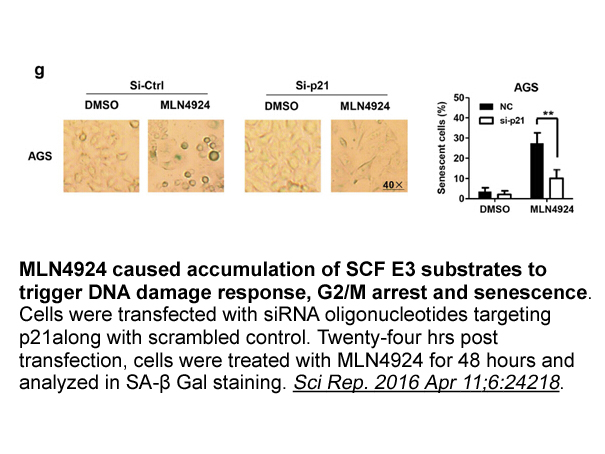
A small conductance chloride channel (SCC) In addition to the above-described channels, a 5pS SCC has been encountered in electrophysiological recordings. This channel, exhibiting long periods of opening separated by long intervals of closing, showed the same characteristics as the SCC described
-
br Calcium permeability pathway It has been
2022-03-09
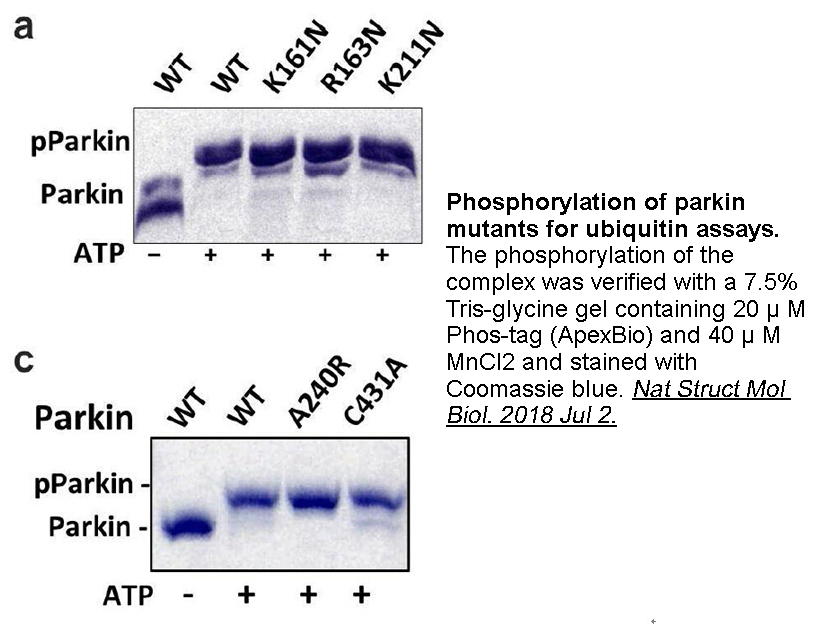
Calcium permeability pathway It has been demonstrated that physiological shear stress in the circulation causes a reversible increase in Ca2+ permeability [29], [30], [31], [32], [33] and electrophysiological evidence has been recently reported for transient activation of the Ca2+-sensitive K+ ch
-
In order to test whether the enhanced hyperpolarization in t
2022-03-09
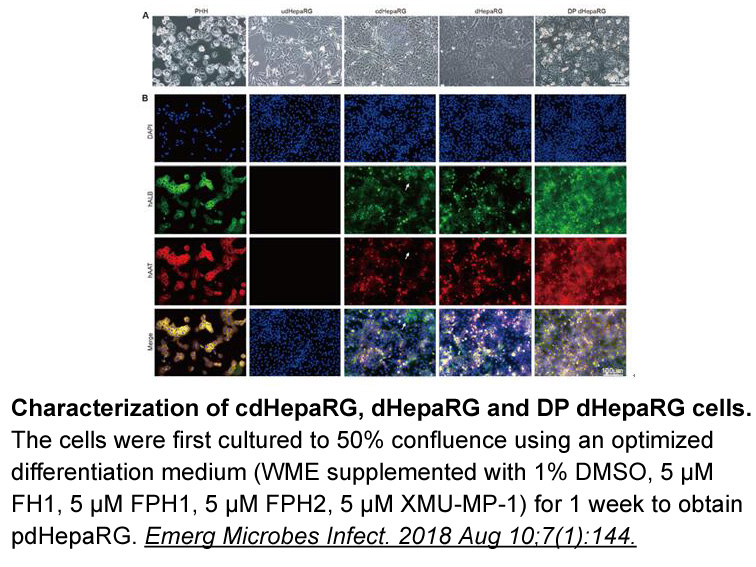
In order to test whether the enhanced hyperpolarization in the presence of increasing amounts of extracellular Ca2+ could be due to an ionophore effect of NS309, red cell uptake of 45Ca and partition of 45Ca into a water/n-octanol phase +/−100 μM NS309 were determined. However, no indication of iono
14485 records 461/966 page Previous Next First page 上5页 461462463464465 下5页 Last page